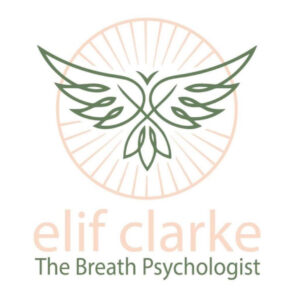AFFECT REGULATION THROUGH BREATH WORK TO DEAL WITH PSYCHOLOGICAL TRAUMA
Post-traumatic stress disorder (PTSD) is an anxiety disorder caused by very stressful, frightening or distressing events, such as war, sexual abuse, severe neglect, being held hostage, natural disasters, witnessing violent deaths, and so on.
During these traumatic events, and when faced with danger, the body’s natural mechanism kicks in. Adrenalin is released and this in turn triggers physical changes in the body aimed at generating energy, to enable us to survive by fleeing or fighting danger.
The main symptoms experienced include flashbacks (traumatic reliving of the event, including images, sounds, emotions and physical sensations) and nightmares. These symptoms in turn can result in severe anxiety and/or angry reactions or avoidance of any triggers that may remind us of the incident in some way.
Psychological trauma is a type of damage to the mind that occurs as result of a distressing event. Trauma is often the result of an overwhelming amount of stress that exceeds one’s ability to cope, or to integrate the emotions involved with that experience.
Trauma can be the result of actual life threatening, stressful or frightening events, such as war, sexual abuse, being held hostage, severe emotional and physical neglect, growing up in an aggressive and violent household, and so on.
Apart from severe traumatic experience as above, psychological threats such as failure, rejection, exclusion, humiliation, disconnection, and loneliness can also trigger the body’s natural protective mechanism, its fight and flight responses.
In fight response, the person can experience symptoms of over-arousal, such as anxiety, fear, intrusive memories, triggered reactions, concentration problems, and hyper-vigilance. In flight response, in some cases a person might experience symptoms of under-arousal including emotional numbing, social avoidance, hypersomnia (excessive sleepiness), fatigue, low energy and dissociation.
According to Bessel van der Kolk, author of The Body Keeps The Score, emotional pain and traumatic memories can be stored in the body long after exposure to traumatic events. He also points out that holding these memories in our bodies in a psychic and emotional sense, can create great deal of discomfort and distress and may lead to deregulation of emotions. We may move between feeling over-aroused and under-aroused.
Similarly, Transformational Breath® suggests that our traumatic experiences and feelings are stored in the whole respiratory system in the form of tension and pain. In addition, it points out that holding down those painful memories and emotions in our body’s unconscious cellular memory creates restricted breath patterns, which means that we hold our breath, or we breathe in a shallow or fast manner, and only from the chest.
It suggests that by breathing in a conscious connected way without pauses between the inhale and exhale, with the inhale longer than the exhale, we can access painful memories and associated emotions that were repressed/suppressed in our unconscious. Transformational Breath® is a unique therapy tool that includes sound, movement, acupressure and affirmations to brings the unconscious to consciousness to be processed and integrated. Those feelings and memories don’t go away. They remain within us, but they lose their impact on us.
This is different from talking therapy. Instead of talking, Transformational Breath® uses the breath to bring the unconscious to consciousness, so that we breath and feel our distressing feelings and memories rather than talking about them.
It is an empowering tool to encourage you to become your own therapist, using your own breath to create regulation between highs and lows.
You can use your own breath to regulate your emotions, so that you can feel empowered to deal with triggers that may create unpleasant highs and lows within a safe space.


Recent Comments